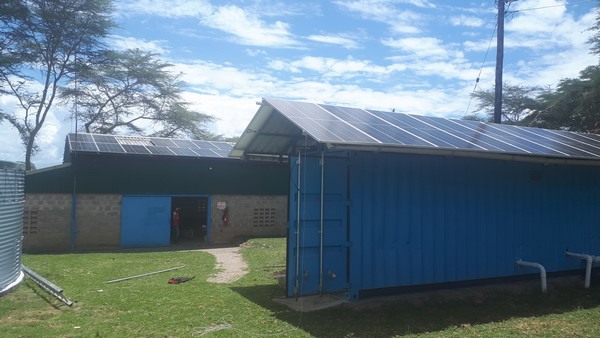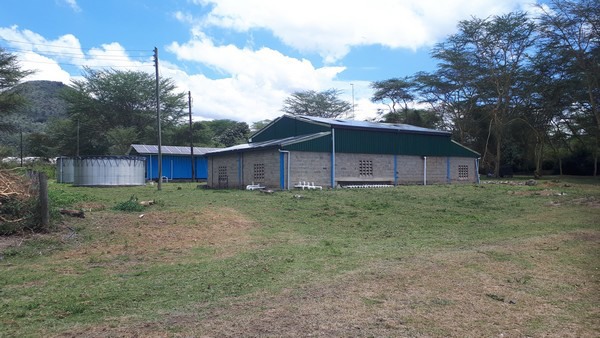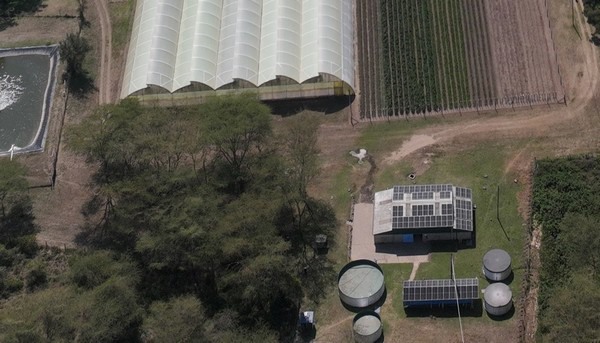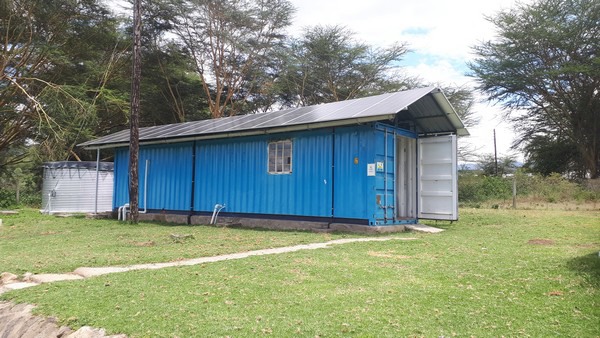Since March last year, the solar panels' De Ruiter East Africa (DREA) installed yielded 51 MWh, roughly 50% of the annual energy consumption. Less dependence on the grid and pursuing a more sustainable production were among the primary drivers for the investment, Managing Director DREA Rob Letcher tells us.

Because of its modest size (2.1ha), the annual energy demand of DREA is relatively small compared to other commercial farms. Most energy, about 80%, is consumed by pumping water from the reservoir to the fertigation unit and from there to the plants in the greenhouses. Because the company also receives geothermal power costs of electricity are lower than those relying on the less efficient grid supply.

"In our case, I felt it necessary to add solar power to our power provision and then have geothermal and finally regular power supply as back-ups in order of priority," Rob says. "Providing half of our energy demand, the return on investment should be roughly 4-4.5 years."

Many growers have installed solar power systems on their farms over the past five years since frequent outages, and the cost of running backup diesel generators hinders the daily business. A matter of natural progression, Rob says, more so because it is more sustainable and solar systems have dropped in price and are much more reliable.

A small quantity of the energy the solar panels produce (around 1.5% or less than 1MWh) is fed back to the grid. There is a possibility to do so. However, DREA does not get paid for this by the Kenya Power grid.
For more information:
Royal De Ruiter
www.deruiter.com
